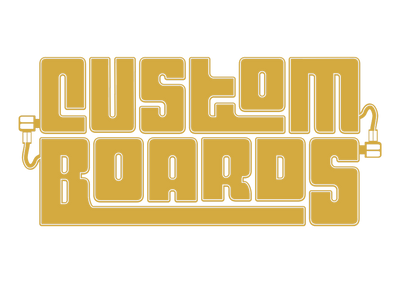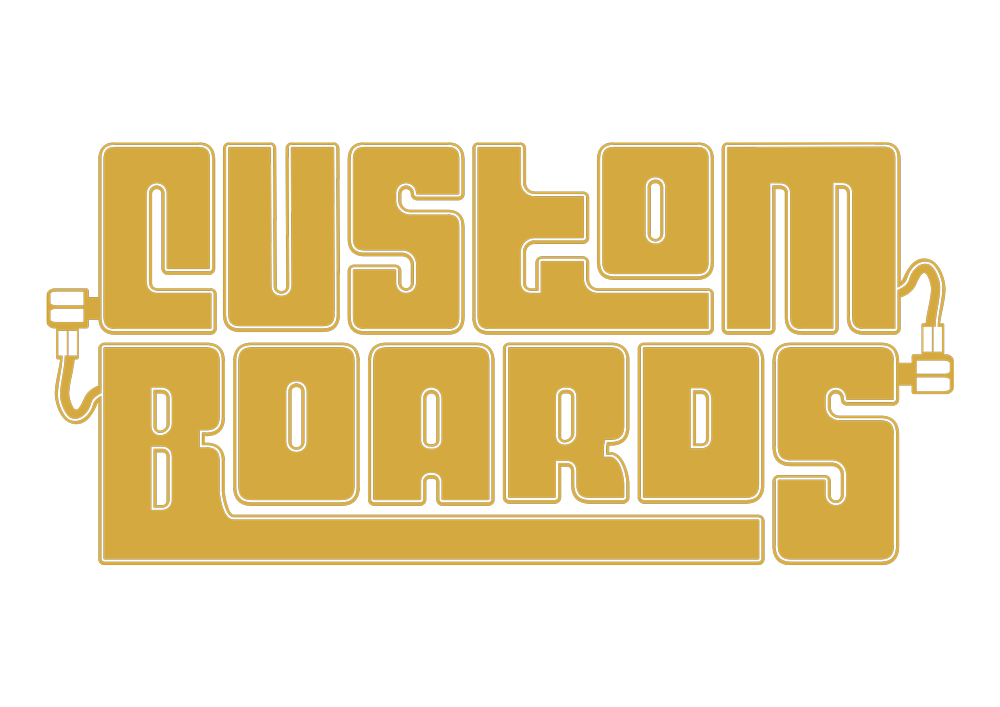50 Facts you need to know about Modulation Effects
March 11, 2015
The phaser was born trying to combine a vibrato and a flanger. The vibe was trying to emulate the sound of a Leslie cabinet, which, in turn, was the electromechanical version of the vox humana stop in church organs. The vox humana stop adds a mixture of chorus and vibrato to the church organ’s sound, which is in fact caused by a mechanical tremolo device. Leo Fender thought that tremolo was vibrato and the other way around. Does this seem confusing? Check out these 50 facts regarding modulation effects.
Leslie
1. The Leslie cabinet was introduced in 1941, specifically for use with Hammond organs. Hammonds were originally meant to make the organ sound affordable for any church or temple.2. The legendary cabinet works by using rotating speakers, which produce its signature swirling sound. Again, the idea was to simulate church organs.
3. The first units only produced the tremolo effect. The footswitch only let you choose between “tremolo” and “off”.
4. The next version added motor speed control, which made things much more interesting. A new effect was added – chorale – with the speaker(s) rotating at a user-defined slower speed. This too was inspired by a pipe organ stop.
5. A Leslie cabinet also produces a certain amount of vibrato, which is due to the Doppler effect caused by its rotating speaker(s). The term “vibrato” is also familiar from church organs.
6. It took until 1965, before the Leslie got any traction among guitarists. This was a direct result of Hammond selling the Leslie brand and patents to CBS, at the same time the corporation had acquired Fender.
7. Fender’s first Leslie model appeared in 1967. It was called the Vibratone, with the blurb claiming it brought the “pipe voice of the electric organ” to the guitar.
8. In the late Sixties the Leslie became a sought-after effect for guitar. It is still in use, especially among keyboarders.
9. Most attempts to simulate a Leslie’s sound fell somewhat short, until the advent of powerful digital modelling in the 2010s.
Jimi Hendrix – Little Wing (A great example of the swirling sound of a Fender Vibratone.)
Stevie Ray Vaughan – Cold Shot (SRV used his Leslie in the same way as his idol Hendrix.)
Soundgarden – Black Hole Sun (This track brought the Leslie back into the consciousness of guitar players in the Nineties.)
Deep Purple – Perfect Strangers (Jon Lord’s Hammond/Leslie sounds are legendary. He drives his equipment into tube overdrive, which results in a huge sound.)
Chorus
10. The term “chorus” is lifted from the world of church organs and harmoniums, where two simultaneous voices (pipes or reeds) with a slight tuning offset result in a fat, softly pulsating sound.11. Choir, chorale and chorus all mean the same thing – a group of people singing together.
12. Hammond organs have a dedicated effect built-in, meant to simulate the fat sound of a pipe organ.
13. The first mention of a chorus on an effect device was on the Uni-Vibe. The Uni-Vibe was the first attempt at an electronic Leslie simulator.
14. From 1966 onwards the Beatles used ADT (automatic double-tracking) in the studio to create chorus effects. This tape-machine based effect made it possible to create the sound of double-tracked voices, without the need for the vocalist to actually sing the part twice.
15. A genuine chorus effect in a box first appeared at the end of the 1970s, with the arrival of the now-famous first analogue bucket brigade delay (BBD) chips.
16. Modern chorus effects are produced in a similar way to vibrato and flanging, which is why some manufacturers offer these effects packed into the same pedal.
Jaco Pastorius – Continuum (A chorus became de rigeur for fretless bass, thanks to this track.)
Guns N' Roses – Paradise City (Great clean tones in this guitar classic from the Eighties.)
Type O Negative – In Praise Of Bacchus (A chorus can also work well with distortion.)
Brian Eno – Silver Morning (One of my favourite instances of chorus guitar ever.)
Vibrato
17. Vibrato is the oldest effect known to man. It means a fast fluctuation in pitch. An opera singer will often apply copious amounts of vibrato, produced in his or her throat.
18. Players of string instruments achieve the same effect by quickly moving their hand or fingers on the string.
19. The term “vibrato” was first used on pipe organ stops, where it was a byproduct of the tremolo effect. The effect was achieved by rotating discs inside the airflow to the pipes. On some organs (and harmoniums) this effect is also called “Vox Humana” (human voice).
20. Electronically vibrato was first implemented in Hammond organs. The Doppler effect of a Leslie cabinet also produces a vibrato. The first stand-alone electronic vibrato was the Shin-Ei Uni-Vibe in the late 1960s.
21. In vibrato effects the dry signal is removed, so that the pitch fluctuations can be heard clearly.
22. Vibrato was a very sought-after effect in electric guitars, too. Back in 1935 Rickenbacker introduced its “Vibrola Spanish Guitar” that included a complicated pulley mechanism inside its bridge to automatically add vibrato to the guitarist’s playing.
23. Paul Bigsby’s manual vibrato was originally meant to be used by holding the bar in the picking hand all the time. Many traditionally minded guitarists still know how to use this technique.
24. Interestingly, Paul Bigsby came up with his mechanical vibrato while working at Magnatone, who designed a legendary vibrato effect for their valve amps in 1957. The vibrato in Magnatone’s Custom 200 Series amplifiers is still sought-after by many Blues guitarists.
25. Creating a genuine vibrato using only tubes was extremely difficult and expensive, requiring a whole bunch of additional valves.
26. It is a possibility that Leo Fender simply named his – much cheaper and easier to produce – amplifier tremolo a “vibrato”, simply to achieve more sales.
27. The very same Leo Fender also named the revolutionary vibrato-bridge on his Stratocaster guitar, released in 1954, a “synchronized tremolo”, even though it produces a pitch fluctuation, and not a volume fluctuation.
28. It took the advent of reliable transistors in the Seventies to be able to squeeze a vibrato circuit into a small and affordable effect unit. Currently, vibrato effects employ IC chips for smooth and well-sounding vibratos.
Metallica – Welcome Home (Sanitarium) (This track is a fine example of the fine line between vibrato and chorus effects.)
The Electric Prunes – I Had Too Much To Dream (Last Night) (Here’s an early example of a hefty dose of vibrato guitar.)
Tom Petty And The Heartbreakers – Sins Of My Youth (Mike Campbell’s great tone leans in the direction of tremolo, here.)
Jonna Tervomaa – En sinulta rauhaa saa (Jussi Jaakonaho is a Finnish connoisseur of the vibrato pedal.)
The Pretty Things – Mama, Keep Your Big Mouth Shut (Esa Kuloniemi, another great Finnish guitarist, pointed me to this fine example.)
Tremolo
29. In classical music a tremolo is the rapid, rhythmical succession of the same note over and over. Think tremolo on a classical guitar, for example.
30. Playing a tremolo on a keyboard instrument is almost impossible, which is why church organs started to add a mechanical approximation as early as the 16th century. The effect was achieved by rotating discs inside the airflow to the pipes. On some organs (and harmoniums) this effect is also called “Vox Humana” (human voice). Because this effect causes a very slight Doppler effect, too, the terms tremolo and vibrato are very often confused.
31. The first tremolo effect was introduced back in 1941 by DeArmond.
32. Fender coined a misnomer by calling the tremolo circuits in his valve amps “vibratos”. His first tremolo-equipped amp model was released in 1955, and guitarists have been confused about the terminology ever since.
33. This mix-up was made worse by Fender calling the Stratocaster’s vibrato-bridge a “tremolo”. Go figure!
34. In the end is was Leo Fender, who, in 1963, came up with the idea to produce a tremolo by combining a flashing lamp and a photoresistor (also called an LDR, for light-dependent resistor). The resulting, slightly choppy tremolo effect has become the industry standard, copied in many tremolo pedals.
Nancy Sinatra – Bang Bang – My Baby Shot Me Down (Here’s how the tremolo became mainstream. It’s hard to think of a more classic track.)
The Viscounts – Harlem Nocturne (This track was used in John Carpenter’s movie “Christine”.)
Creedence Clearwater Revival – Born On The Bayou (An absolute classic example, with the built-in tremolo of John Fogerty’s Kustom amplifier. Here the tremolo has a trace of vibrato, too.)
HIM – For You (Using a tremolo effect on HIM’s first record was a very bold move for a band classified as Metal.)
Vibe
35. The first vibe effect – not to be confused with vibrato – was the Uni-Vibe, released in 1968. The effect tried to emulate the sound of a Leslie cabinet in compact electronic form.
36. The Uni-Vibe was sold with a foot-pedal to switch between its “Slow” and “Fast” settings, which corresponded with a Leslie’s Tremolo/Chorale-switch.
37. The Uni-Vibe offered two effect modes: Chorus – the term lifted from Leslies – and Vibrato, which was originally an effect in Hammond organs. The Chorus mode is what we now know as the swirling, whooshy vibe effect. This shouldn’t be confused with a real chorus effect.
38. Like in classic tremolos, the original Uni-Vibe also used a flashing lamp and photosensors, installed inside a closed box, as its engine. Such a circuit is also known as an optocoupler.
39. The vibe sounded nothing like a Leslie cabinet, but rather became a sought-after sound on its own merit.
40. Jimi Hendrix was the Uni-Vibe’s first high-profile user. He acquired the effect shortly before appearing at the Woodstock Festival (1969), using his new effect for almost the whole set.
Pink Floyd – Breathe (In The Air) (David Gilmour’s guitar sound is the perfect example of a clean amp and a vibe working in tandem.)
Jimi Hendrix – Izabella – Live At Woodstock (Jimi plays his vibe into a distorted stack, and there’s a lot of vibe.)
Jimi Hendrix – Machine Gun (Jimi’s performance on this track singlehandedly turned him – and the Uni-Vibe – into the stuff of legends.)
Robin Trower – Day Of The Eagle (Robin Trower took up Jimi’s mantle, and carried the vibe’s torch all through the Seventies.)
Robin Trower – Bridge Of Sighs (Here’s a slower track with fine playing and a good dose of vibe.)
Flanger
42. Just like a phaser, flanging too is created by shifting the original signal’s phase correlation. Nevertheless, it took far longer, before engineers were able to pack this studio effect into an electronic device.
43. The term “flanger” was made popular in 1966 by the Beatles’ John Lennon, after the band’s producer, George Martin, coined it as a joke. Lennon, who was in the middle of his psychedelic phase, wanted flanging on all of his vocals. Very quickly, other studios in London got wind of this new effect with Jimi Hendrix and the Small Faces (Itchycoo Park) being the first to follow the Beatles.
44. Flanging is a much deeper sounding effect than a Uni-Vibe. While a Uni-Vibe gives your four-band phasing, a flanger can get up to one-hundred bands.
45. It took a long time, before flanging could be produced without the help of tape recorders. The first transistor-based flangers in the 1970s were relatively large devices, but they sounded great.
46. The fattest and deepest flanging effects still require a large number of components, which is why some flangers are still quite large pedals. This is down to the complexity of some of the circuits. Sometimes big really is beautiful.
Jimi Hendrix – Bold As Love (One of the first recorded examples of bold flanging. The whole end of the song is heavily effected, by manipulating the running speed of a second tape machine.)
KISS – Rocket Ride (My personal favourite from my youth. Ace Frehley’s guitar sounds just like a “Space Ace”.)
Heart – Barracuda (This track was also used in the movie remake of “Charlie’s Angels”, with Lucy Liu’s swinging hips stealing the show.)
The Police – Bring On The Night (Andy Summers sure was no slouch when it came to the use of modulation effects.)
Van Halen – Unchained (Beginning with the third repeat of the riff, here’s one of the most iconic instances of flanger in a Hard Rock context.)
Phaser
48. Some still call a phaser a flanger’s little brother.
49. There’s a lot of the squishy swirl of a Uni-Vibe in a phaser, but instead of the older effect’s optocoupler a phaser employs small op-amps (op-amp = operational amplifier), which look like large transistors.
50. Just to recapitulate: A phaser is meant to be a combination of flanging and the Uni-Vibe. The vibe was a failed attempt to simulate a Leslie cabinet. The Leslie was a mechanical approximation of a church organ stop. A church organ’s vibrato/tremolo stops tried to put some human quality into the pipes’ sound. It’s true – what goes around, comes around.
Van Halen – Ain't Talkin' 'Bout Love (There are fierce battles raging on Internet forums: Is it a flanger or a phaser we hear in the intro to this track? My answer is both! The last quarter of the intro has some flanging on it, but for the most part the modulation is milder, meaning it is based on a phaser.)
Pink Floyd – Have A Cigar (David Gilmour moved on from the Uni-Vibe, opting for a phaser on this track.)
Von Hertzen Brothers – Miracle (On this Finnish example there’s a great phaser sound in the intro.)
Radiohead – Paranoid Android (I love the way the phased guitar is faded into the acoustic guitar part after the intro.)
Sex Pistols – Anarchy In The UK (Yes, this famous Punk band used effects, now and then. Here’s a track with a judicious amount of phaser on the guitar.)
11.3.2015 Kimmo Aroluoma
The writer is the owner of Custom Boards Finland. He is a veteran guitar tech who has toured for years with Finnish bands HIM, Amorphis, Michael Monroe, The Rasmus and Von Hertzen Brothers. Today he designs pedalboards and runs his own web shop in Helsinki, Finland.
*****
Custom Boards has had the honour of helping hundreds of musicians with their effects setups, from all possible genres. Creative Sound Consultation 101 - service is meant for anybody who wants to improve his or her guitar sound. After consulting with us you will understand much better how the different parts making up your signal path influence your tone.
BOOK YOUR CREATIVE SOUND CONSULTATION 101 -SESSION
Also in Custom Boards Blog
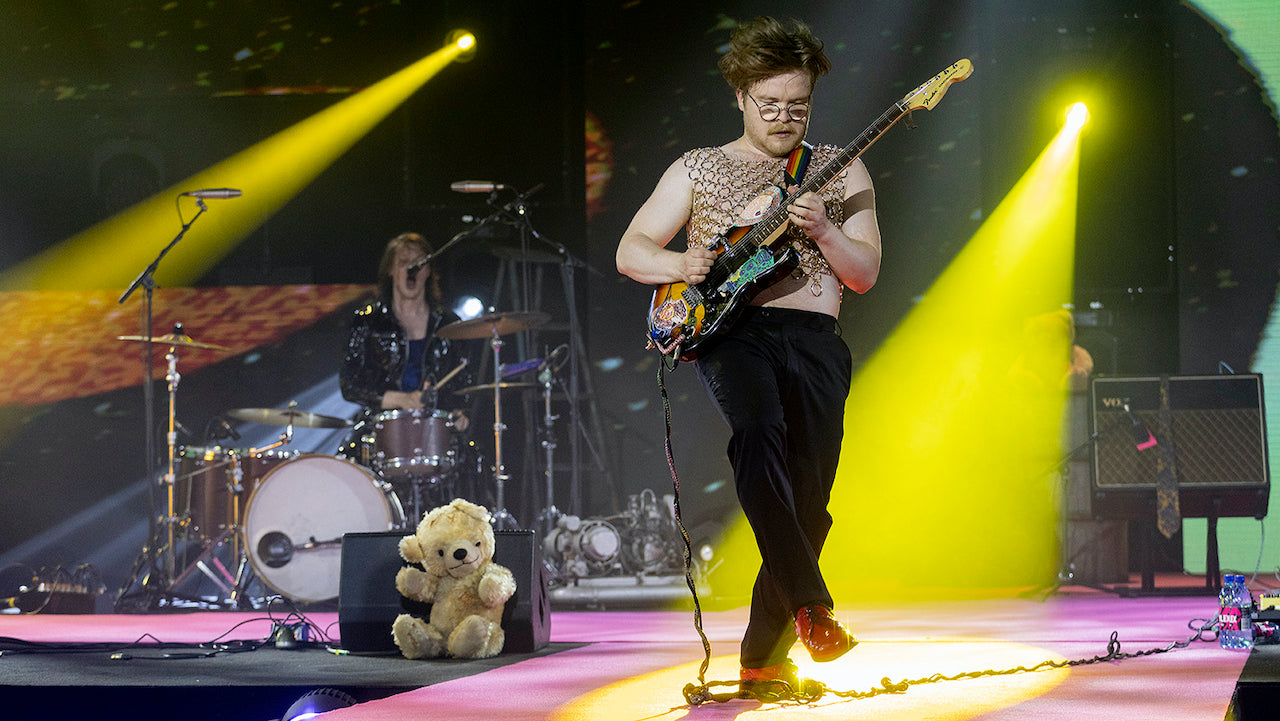
Ursus Factory and the Sixth Generation of Guitar Rock
June 10, 2021
I've been noticing clear signs of me turning into an “old fart” over the last few years. It’s only a few short months before I will turn 50, and it seems ever harder beam myself back into my 30-year old “hippy” state of mind. Am I – is Custom Boards – still a relevant player in the eyes of the new wave?
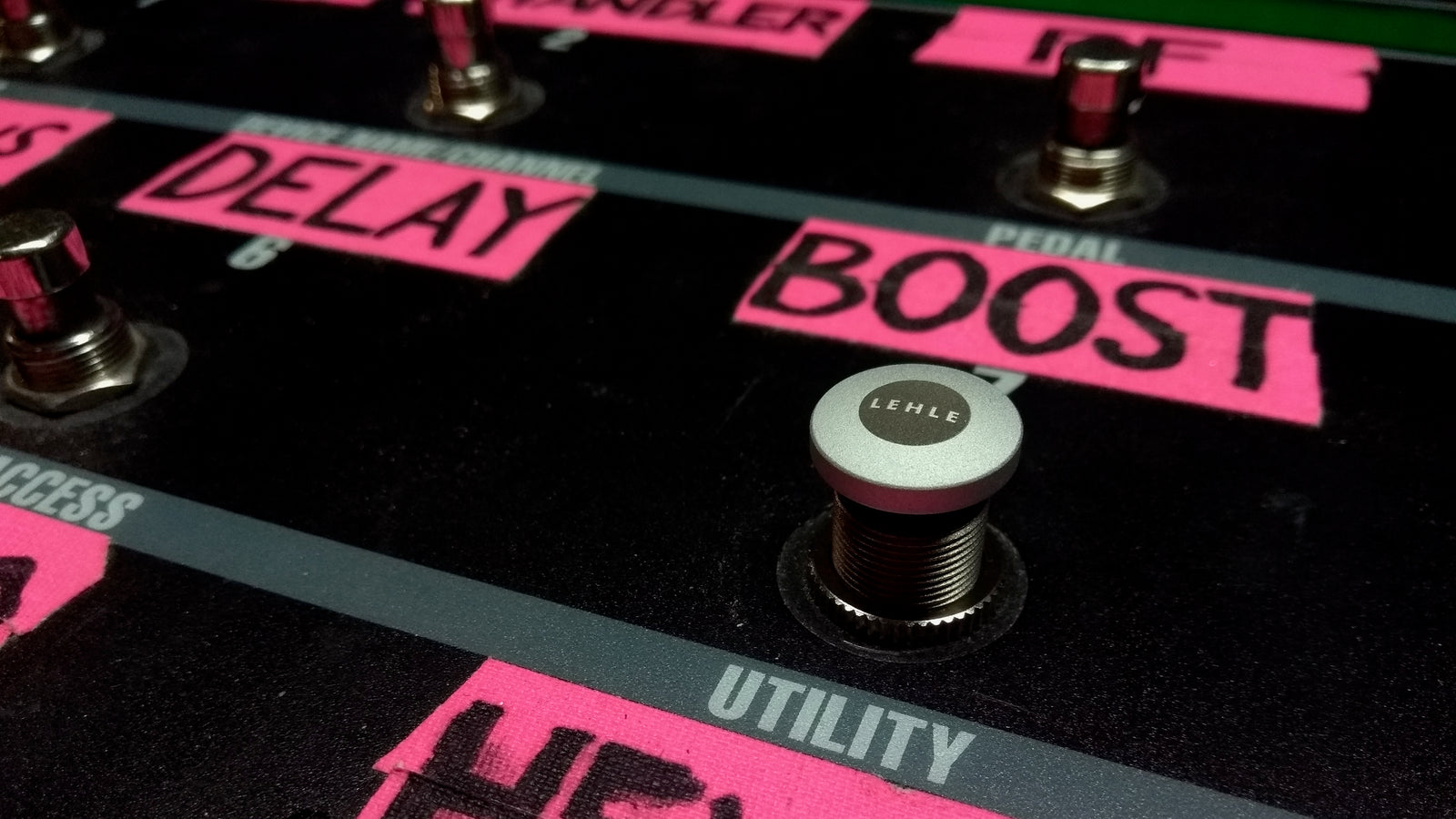
Revolutionizing the market - Lehle Components
May 09, 2020
German engineer Burkhard Lehle unveiled his plans for the Lehle Components a few years ago at 2014’s NAMM Show. He would release his own line of audio components, which will include brand-new designs alongside his older inventions.
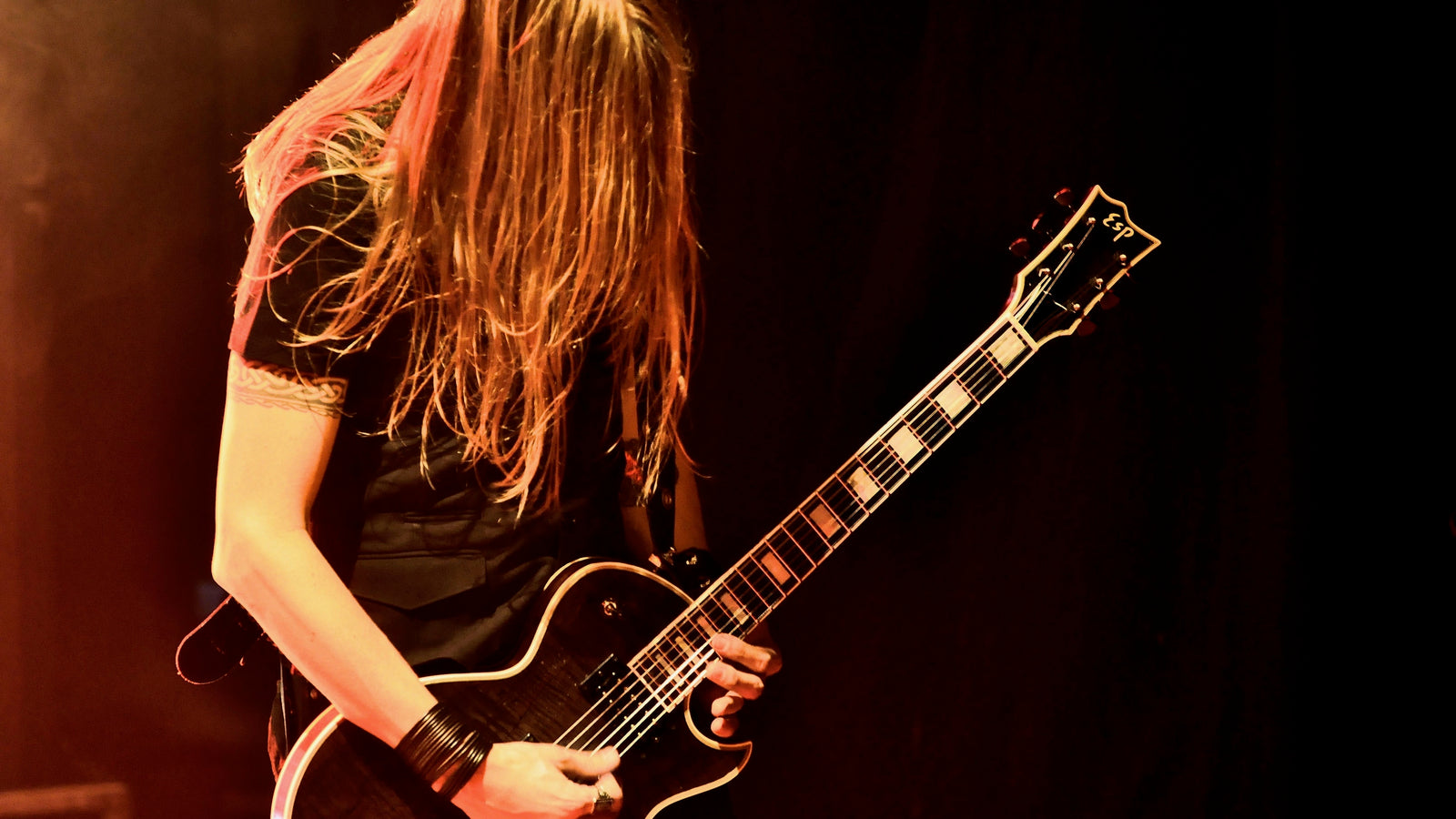
Unforgettable Gigs – Part 1: Amorphis in the Balkans
April 27, 2020
Amorphis’ manager, Jouni Markkanen told me to be extremely careful, and made me clear that I had to have the gig fee in my hands, in cash, before allowing the band to leave their hotel for the venue.
Liity postituslistalle ja saa ajankohtaiset sisällöt suoraan sähköpostiisi.
